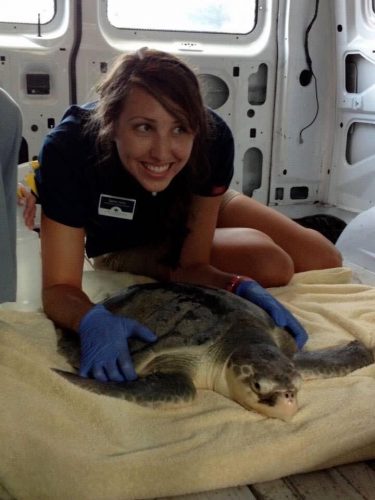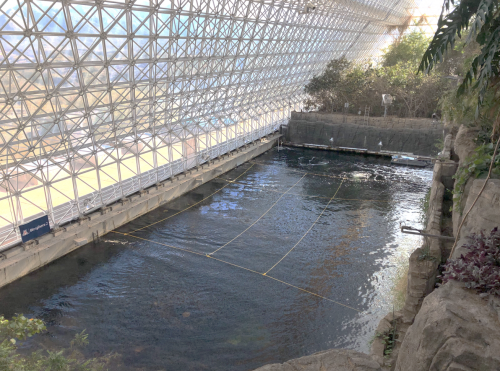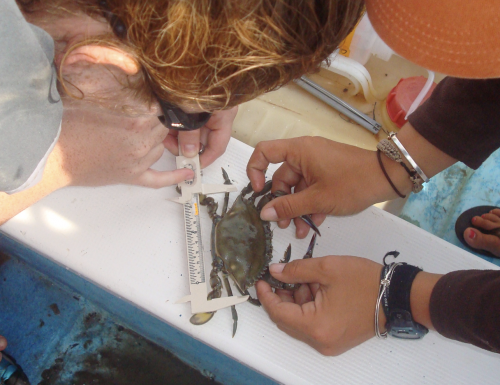
For many students, taking notes can seem like a tedious part of their school day. In a virtual visit with over 100 Collier County first-graders coordinated by Scientist in Every Florida School, UF Thompson Earth Systems Institute educator and coordinator Sadie Mills taught students why note-taking is an important part of scientific research, and demonstrated why our memories aren’t as dependable as we might think they are.
First, Mills shared some of the research she has taken part in over the years and explained how note-taking was an essential part of the scientific process. Early in her career, Mills served as an AmeriCorps member at the Georgia Sea Turtle Center, working with sick and injured sea turtles who were being cared for in their sea turtle hospital. She emphasized that in order to get to the best part of her job — releasing the sea turtles back into the wild — she first had to record a lot of data to help the veterinary staff develop a treatment plan. Keeping detailed logs of each turtle patient’s weight, tank temperature, diet, and medications were all important to ensuring a turtle’s speedy recovery.
Mills also related her unique experience of studying fish in a human-made coral reef as an undergraduate researcher. She explained that while her main goal was to snorkel in the reef and record the number and type of fish spotted in the water, she also took notes on environmental conditions like temperature and visibility, in case those factors impacted her observations. 
At this point, Mills introduced a fun activity to help students understand the value of good notes. She shared Explore.org’s Shark Cam livestream, which provides a live view of sharks, fish, and other marine life in Frying Pan Shoals off the coast of North Carolina. Students watched the livestream for several minutes, without taking notes. Afterward, Mills asked the students how well they were able to remember what they saw. How many different types of fish did they see? Did it look like it was a sunny day, or cloudy? The students then got ready to watch the livestream again, but this time with a note-taking plan. Mills asked the students to put down a tally mark for each type of fish they saw and to draw a picture of a sun or a cloud to indicate what they thought the weather conditions might be like. After watching the livestream again, the students shared how much more they were able to report after having taken notes, versus when they tried to rely on their memory alone.
Mills concluded the lesson by explaining that researchers have to be prepared to record a lot of information using a wide variety of tools depending on what they are researching, and where that research is being conducted. Beyond writing with a pen in a notebook, notes can take the form of drawings, photos, or video and audio recordings. She described an instance where she had to get creative with note-taking. Students were amused to hear about the time that she wrote notes on a boat deck and were surprised to learn that some scientists take notes  underwater using special notebooks and pencils.
underwater using special notebooks and pencils.
At the end of the presentation, the children had lots of questions about Mills’ experiences, especially those with the sea turtles. “How do you know how old turtles are?” one first-grader asked, and Mills revealed that while it’s typically not possible to know their exact age, sea turtle shells grow longer as they get older, and this helps researchers make a good estimate.
In a follow-up email, the teacher expressed that the SEFS visit was an amazing experience, “Most had their mouths open in awe of everything,” she said. Plans for future visits to the school are already being made.
Teachers at Florida K-12 public schools can request a virtual visit with a scientist for their classroom by filling out this form.